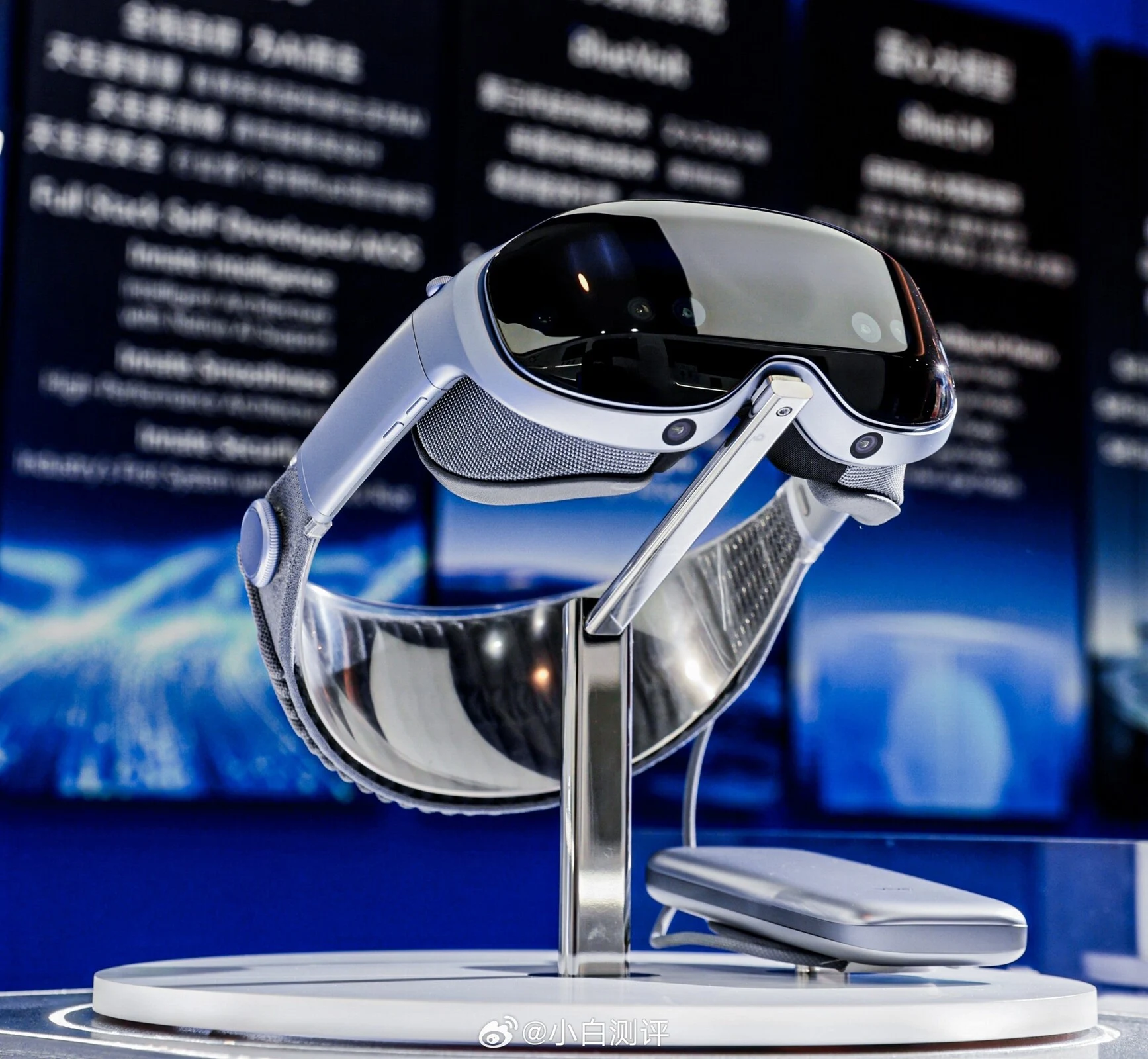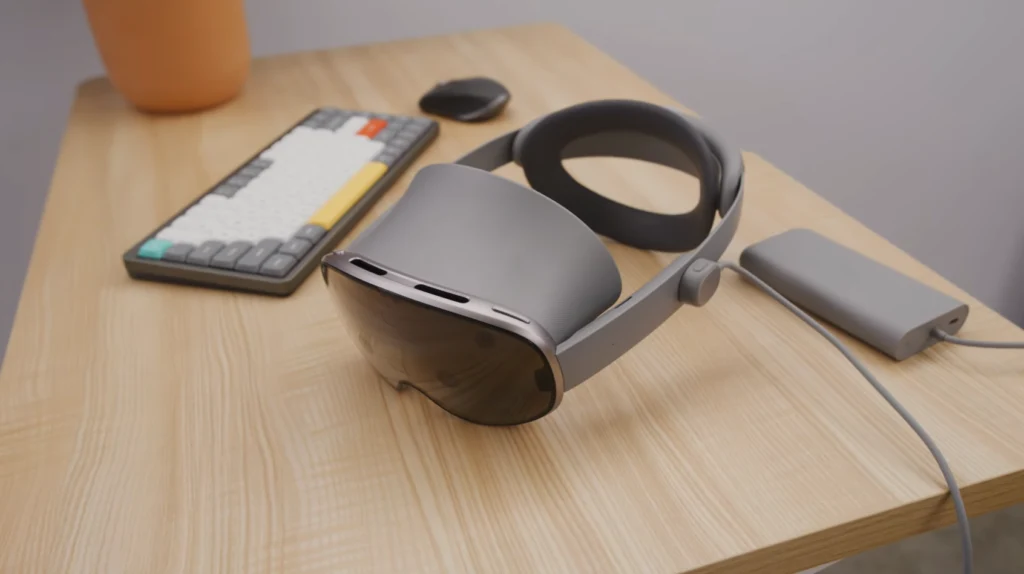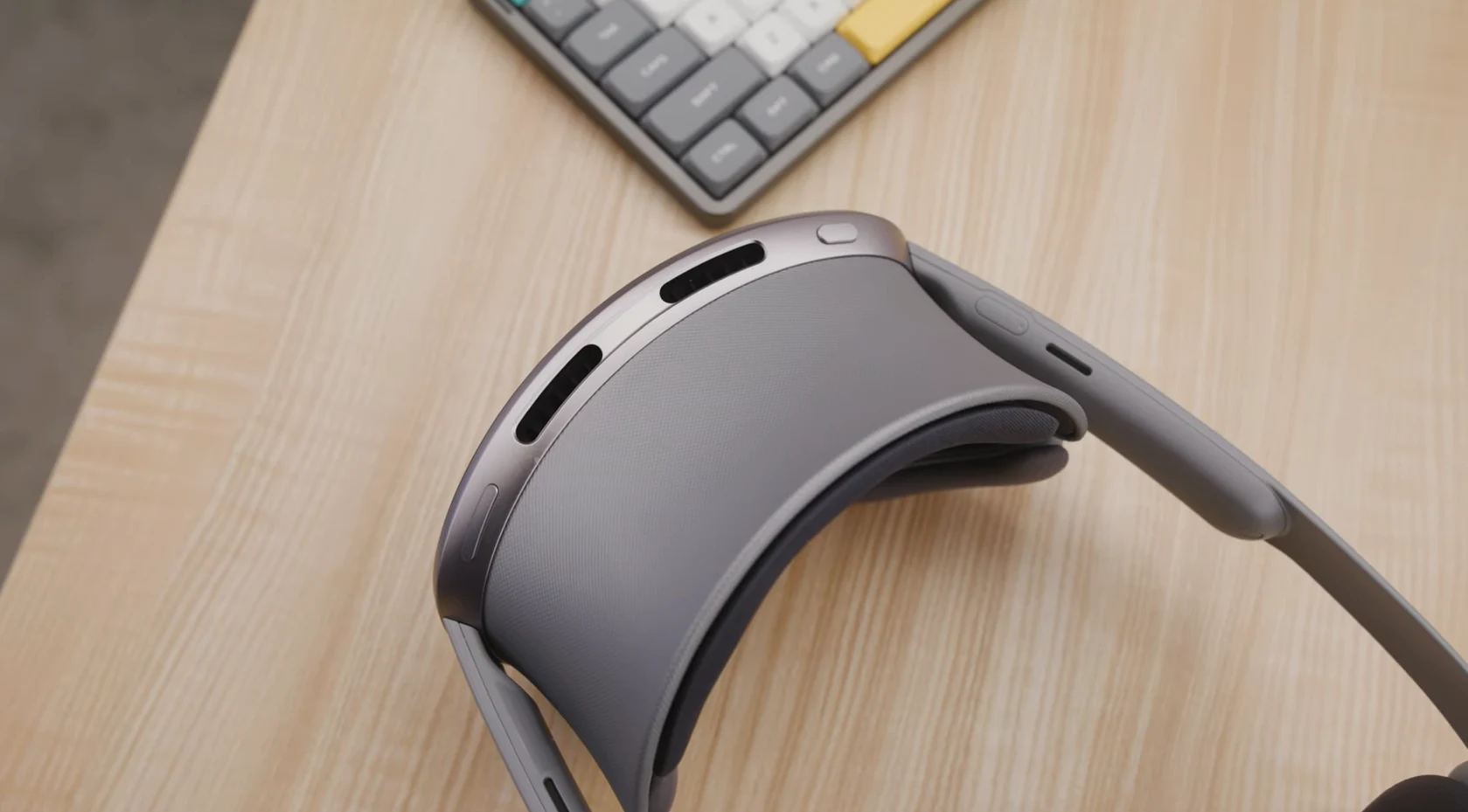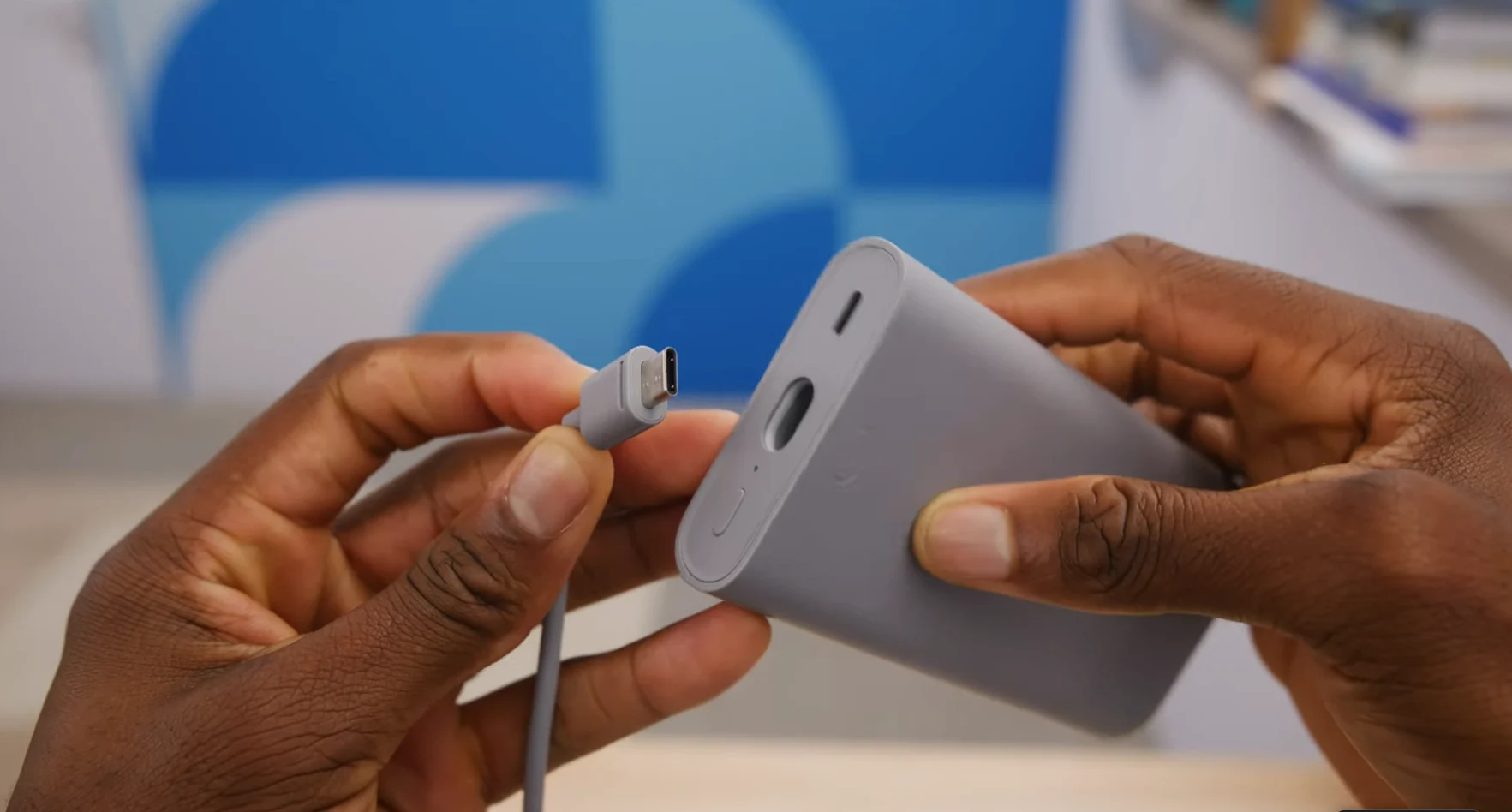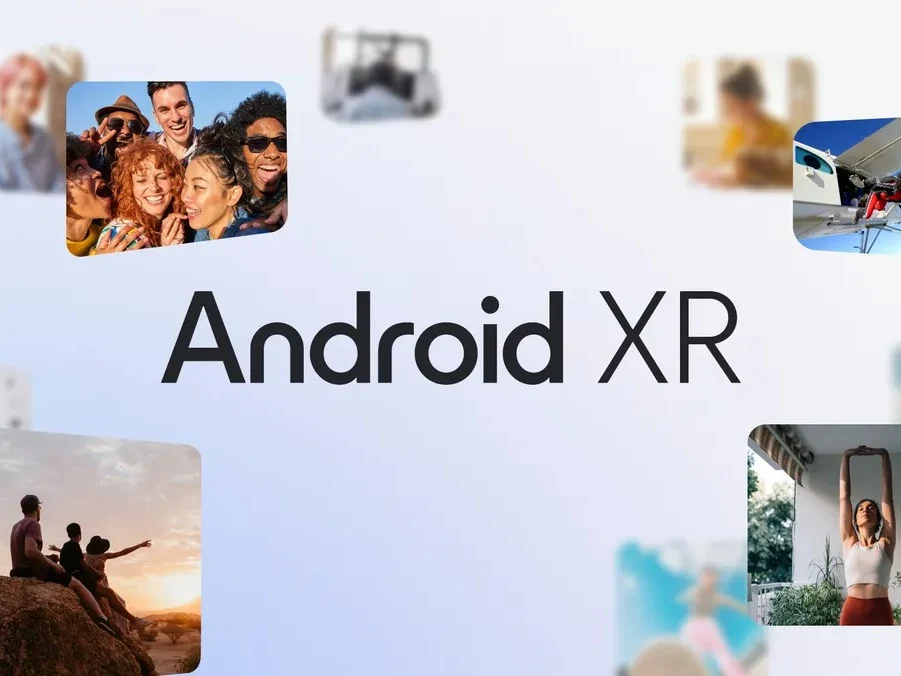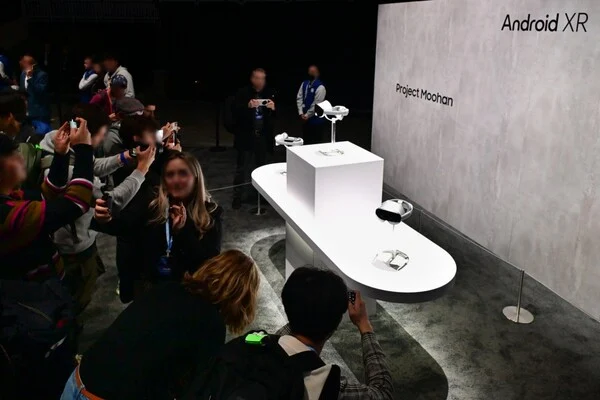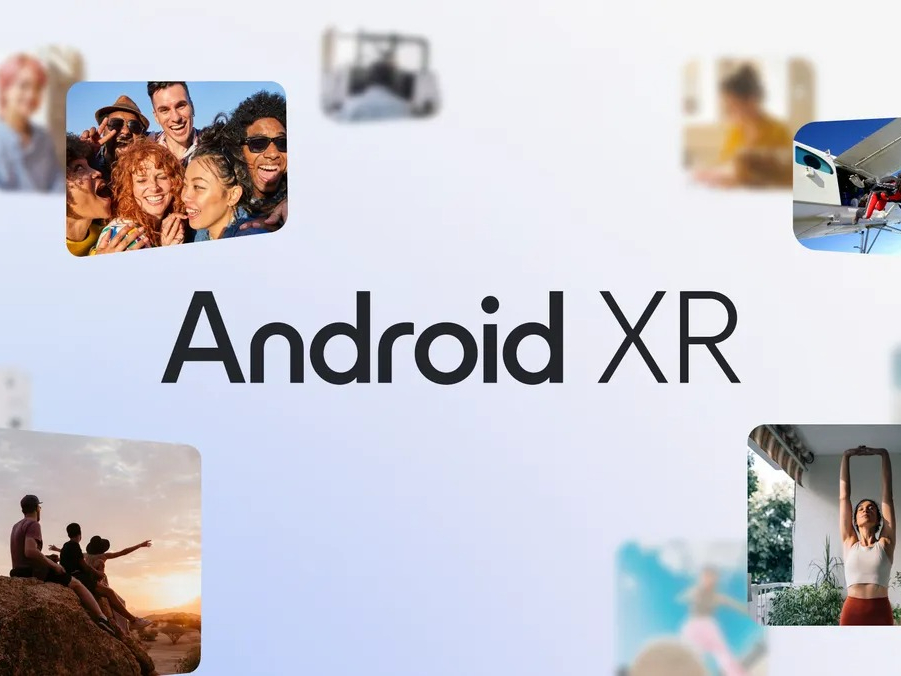Key Takeaways
1. The Samsung Android XR headset, Project Moohan, is set to be revealed on September 29 and will go on sale in Korea on October 13, 2025.
2. Samsung collaborated with Google and Qualcomm to develop the Android XR platform, which combines augmented, virtual, and mixed reality.
3. The headset will be showcased at a Samsung Unpacked event in July, alongside new Galaxy devices.
4. Following its launch in Korea, Project Moohan is expected to expand to global markets later in October or November.
5. Details about the Unpacked event and other new product reveals, including the Galaxy Z Fold7 and Galaxy Watch8 series, will be announced soon.
After being first shown in December 2024, the Samsung Android XR headset, known as Project Moohan, was planned for a release in the “near future,” which was anticipated to be late 2025. Since that initial reveal, there has been no updates regarding its launch timeframe. However, a recent report now claims to have specific dates, indicating that Project Moohan will be revealed in September, with sales commencing in October.
Collaboration with Tech Giants
Samsung has worked alongside Google and Qualcomm to create the Android XR platform, with XR signifying eXtended reality, which combines AR (augmented reality), VR (virtual reality), and MR (mixed reality). This platform will be available to consumers through headsets and glasses. The debut headset, which is codenamed Project Moohan, is expected to officially launch on September 29 during an Unpacked event in South Korea, Samsung’s native region.
The details were shared by the Korean news source Newspim (translated through machines), stating that the XR headset will be available for purchase in Korea from October 13. Following that, it will expand to the worldwide market. This implies that Project Moohan, or its final name, will likely reach the US and other regions later in October, potentially in November.
Upcoming Unpacked Event
Additionally, the report mentions that Samsung plans to showcase prototypes and teaser videos of the headset during the Unpacked event in July, alongside the Galaxy Z Fold7 and Z Flip7. While the company hasn’t confirmed the exact date for this event yet, it is holding Samsung Health events for runners starting on July 13 in New York City. However, it seems improbable that the Unpacked event will coincide with the same day.
As we approach July, we should expect an announcement from Samsung regarding the Unpacked event soon. The new foldable devices, along with the Galaxy Watch8 series and the Galaxy Watch Ultra, are also set to be revealed.
Source:
Link




